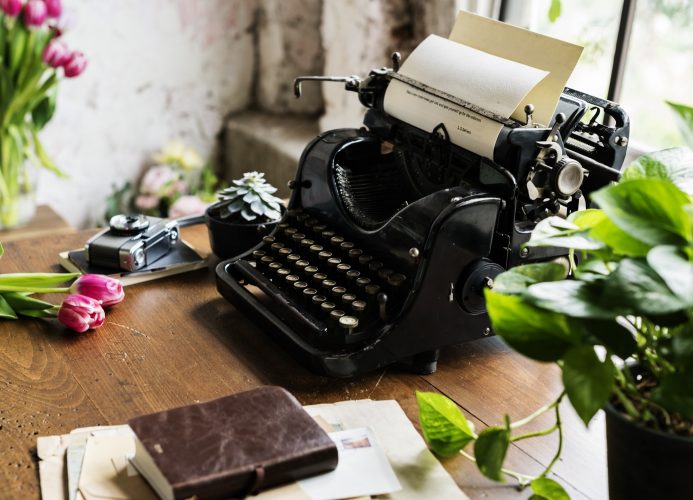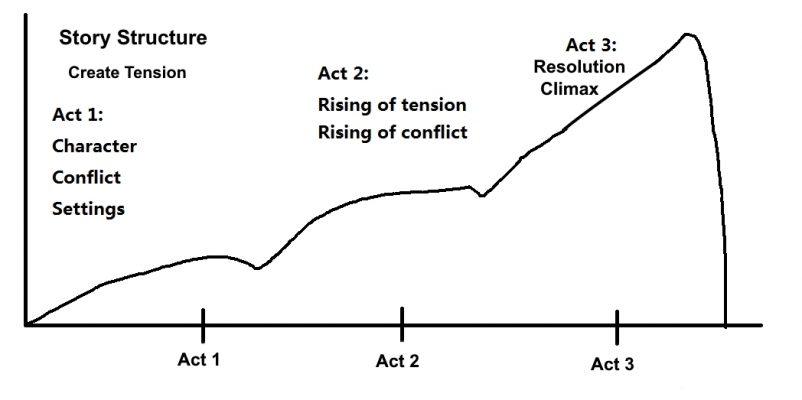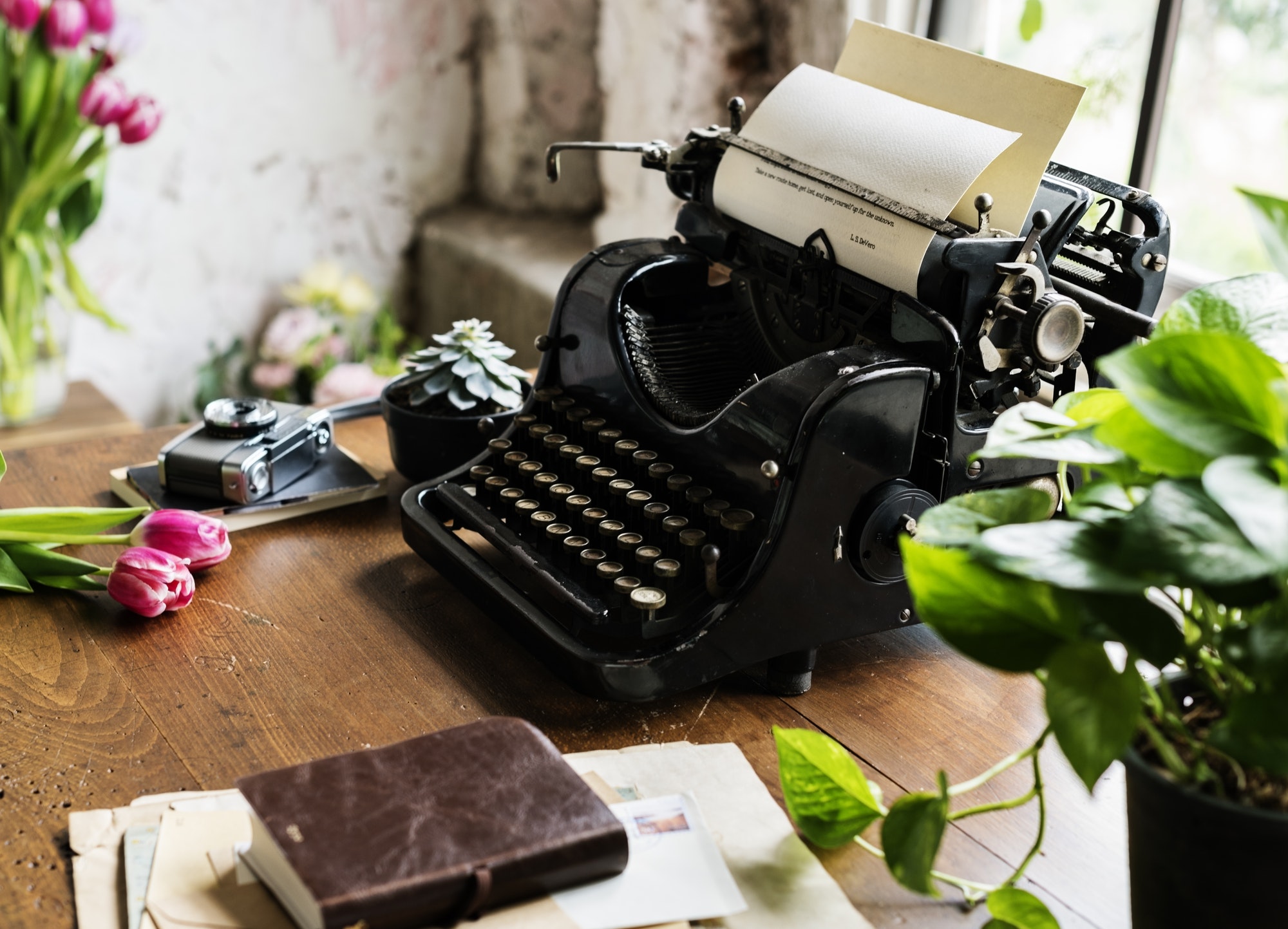
Plan Out Your Story Plot
Story Structure is the foundation that holds a story together. It has a beginning a middle and an end.
It’s a way of planning out your story in the order you want your readers to know what is happening now and what is going to happen next. If you get the order wrong, it could ruin the whole story.
You must include conflict in your story structure; conflict moves the story forward and keeps readers turning those pages.
Structure controls the critical elements of your story, the inciting incident, plot, characters, setting, and theme.
The inciting incident is a plot point or event that hooks the reader into the story. This is something that happens or something the antagonist might say or do, to our protagonist, and it thrusts him into action to move the story forward.
New writer’s ask me, “If every story has the same structure, won’t every story ultimately be the same?”
My answer is, “if three artists were each assigned to paint the same landscape. Wouldn’t every painting look the same? No! Because every artist has their unique way of interpreting something that they see, or hear for that matter. Every writer has their own unique voice.”
What is Story Structure?
Think of story structure as if you were telling a joke. If you give away the punch line too soon, you’ve ruined the whole joke.
Story Structure offers a checklist of must-have elements in your story and in the correct order. I’m sure you’ve read a ‘How to’ book to learn something new? It will tell you to follow step one, then two, then three, etc., Structure for a novel is also a list of elements that you should follow if you want a novel that captivates an editor and even its readers. Have them fall in love with your characters and your story, so they can’t put it down and read it to the end.
The beginning of any good story is its hook. A hook when broken down is nothing more than a question that piques the reader’s curiosity, and they want to keep reading until they find out the answer to that question. The way story structure works, once that particular question has been answered, and you could answer that question in the very next paragraph, make sure you raise another question, then another, and another to keep your reader captivated and curious and turning those pages, right till the very end.
The beginning of every story should introduce your characters, setting, and what drives the story forward, conflict. We’ve only created the hook when we’ve convinced the reader to ask the general question, “What’s going to happen?”
Your opening question needs to be explicit, so make sure it’s clear and does not cause confusion. Your reader needs to be able to form that question in their mind.

A Story Structures Spine
- Once upon a time
- Then something happened. Could be something verbal or physical.
- Because of that
- Because of that
- Because of that
- Then finally our protagonist overcame his weakness or fear
- Later he lived happily ever after
Write out your story elements on index cards. That way, you can change them around in sequence to remove any slow spots and, keep your story moving forward so you can plan your story structure, so it captivates your reader.
How many of us want to hear someone’s life story the moment after we meet them? No one right! So, don’t dump your backstory into your reader’s lap on the first page, no matter how vital it is to the plot. Hook them in first by raising your very first question and introduce your protagonist and let your readers know something about their personality and get to like them. Then you can introduce a little backstory about your protagonist. But, the best way to introduce backstory is through dialogue.



